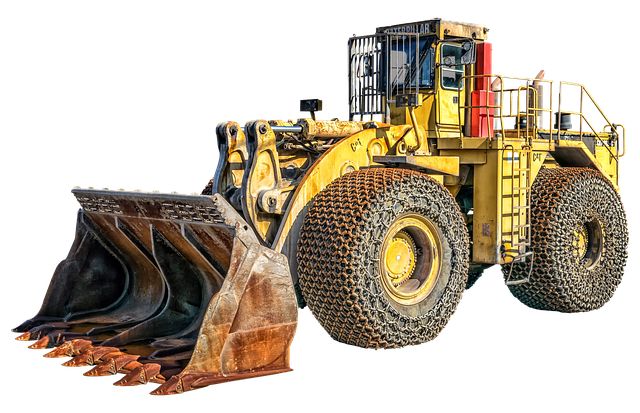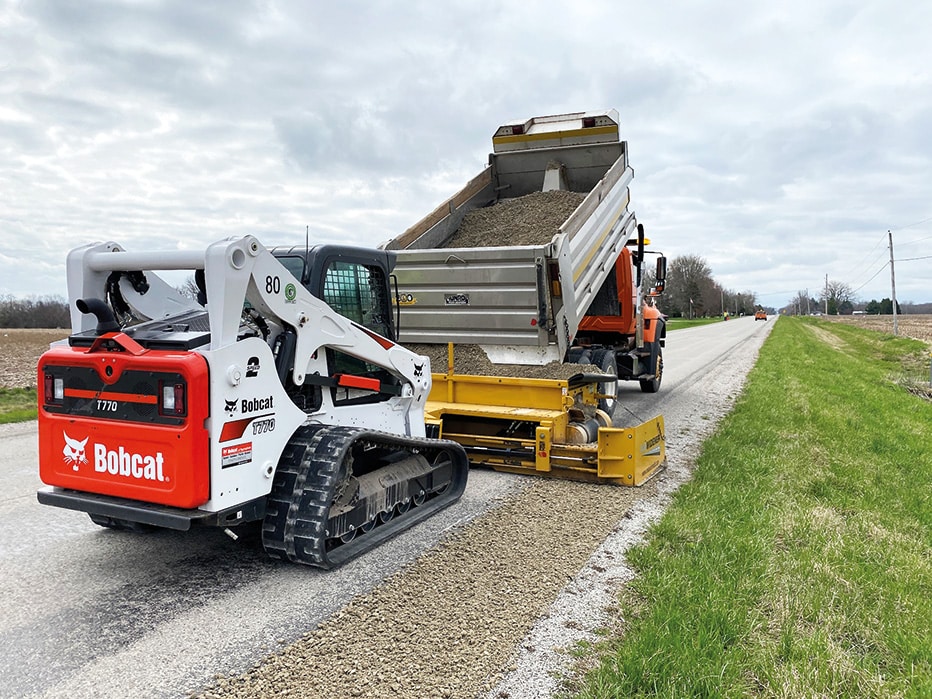Defining versatility with Road Widener
This post was originally published on this site
Road Widener’s material placement attachment expands horizons in utility and road construction applications across Australia and the U.S.
The Oxford English Dictionary defines versatility as “the ability to adapt or be adapted to many different functions or activities”.
But what does versatility mean to a road and utility equipment manufacturer such as Road Widener?
For Todd Dohnal, Road Widener Business Development MGR, versatility is no longer a buzzword. Instead, it’s a requirement.
“We’ve placed a focus on ensuring that our machines are more versatile and can be used in more applications, not just rolling,” he says.
Renowned in the United States for its design and production of material placement and compaction equipment for road and utility construction applications, Road Widener’s presence in Australia continues to grow.
Founded in 2007, the company now services the equipment required for road widening, shoulder repairs & remediation, curb backfilling and asphalt/aggregate placement.
Now Road Widener is now eyeing further expansion, this time with a focus on specific projects in the public works sector.
“Instead of rebuilding, we’ve opened ourselves up to different sectors, both [in the United States] and Australia. One of these applications are utility works.”
True utility machines
Initially used solely in road construction and remediation, Road Widener’s FH-R material placement attachments are symbolic of the company’s commitment to versatility—especially with the increase in popularity of the attachments in utility applications such as trench backfilling.
These attachments are available in both single and dual material discharge configurations, can function with standard or high-flow hydraulics and can work with virtually any brand of host machinery. This includes loaders, skid steers, compact track loaders, wheel loaders and road graders.
The FH-R along with a host machine is also towable on any common width trailer, with no transport permits required.

“These machines can be transported around on a much smaller scale than other machinery on the market, which translates to reduced costs and more profits,” Dohnal says.
In fact, it was the versatility of these attachments which enabled Road Widener to explore options across the utility works sector in the first place, as Dohnal explains.
“We discovered opportunities across a wider range of applications when we attended some public works sector shows in the [United] States,” he says. “These cover works such as underground utility gas lines, fiber optics and more.”
“When contractors remove the trench for these works, our units are well suited to reload this material back to where they need it. It’s a very easy method of backfilling.”
Road Widener’s Offset Vibratory Roller attachment is also well suited for utility works, thanks to its ability to complete compaction works below grade.
On top of having three drum sizes and widths in widths ranging from 61 to 121.9 centimetres, the Offset Vibratory Roller attachment is ideal for trench works thanks to its reach of 76 centimetres below mounting point.
Operators can benefit from the same advantages while using either the material placement or roller attachments, particularly when it comes to safety and costs.
According to Road Widener, the FH-R and Offset Vibratory Rollers all require 90 per cent less maintenance than self-propelled machines.
Contractors can also increase the safety of their operation for the user and nearby workers.
Related stories:
For the FH-R, this is thanks to the remote-control operation of the attachment. When it comes to the Offset Vibratory Roller, in addition to remote-control operation, the attachment utilises an offset arm to eliminate the risks of rollover, for works on unstable ground. This is because the attachment allows the operator in the host machine to remain on flat ground while compacting, rather than operating on slopes where risk of rollover is high as traditional self-propelled machines require.
“While versatility is a big focus of ours, so is safety, particularly in Australia. Our products can take more personnel out of harm’s way, thanks to the remote-control features on the FH-R and offset vibratory roller,” Dohnal says.
The FH-R and Offset Vibratory Rollers have also undergone a rigorous testing process, to ensure reliability and quality.
“Australia’s conditions are unique and at times can be brutal. Some companies even use Australia as a test centre for their machinery,” he says. “Our products are proven in Australian conditions.”
On-site insight
John Zuber, Chief Instruction Officer at Ultimate Internet Access Inc is one of many beneficiaries of Road Widener equipment.

While using the FH-R as part of the company’s utility works, Zuber says he’s been impressed with both the simplicity, user-friendliness and reliability of the attachment.
“After demoing the FH-R material placement attachment for a day, we were impressed with the results and decided to purchase one. Since then, I have continued to be happy with the ways the FH-R has boosted efficiency as we install one-gigabyte fiber for high-speed internet,” he says.
“The FH-R allows us to place asphalt exactly where we need it, eliminating a lot of shovelling and hand work. Less shovelling means less manual labour required which allowed us to double the production time with half the crew. We expect it to continue to be a tremendous asset to our operation.”
Matt McDonald, Project Supervisor at Cox Construction, says the vibratory roller attachment has changed the game.
“The offset vibratory roller has been a game changer for our company. Not only does it improve safety, but it also offers increased efficiency. We do a lot of resurfacing roads, and these projects often involve very narrow shoulders with dangerously steep drop offs into the ditch,” McDonald says.
“Ride-on rollers put the operator at risk of tipping and injury. The OVR attaches to the skid steer already in our fleet allowing our crew to drive on the level road with the offset roller compacting on the shoulder. The risk of rollover and injury to my operator is eliminated and I’m seeing improvements in efficiency.”
Eyes on the future
Dohnal says Road Widener is looking at future opportunities to develop its products further, which will form part of the company’s placement at 2023 Conexpo-Con/Agg in Las Vegas.
“We have a meeting every few months to discuss ideas and possible improvements,” he says.
“The idea is to make our products more versatile for more applications such as utility works. That’s something that we’re testing and looking at for the future and we’re hoping to develop some interesting ideas.”
This article was originally published in the March edition of our magazine. To read the magazine, click here.



Responses